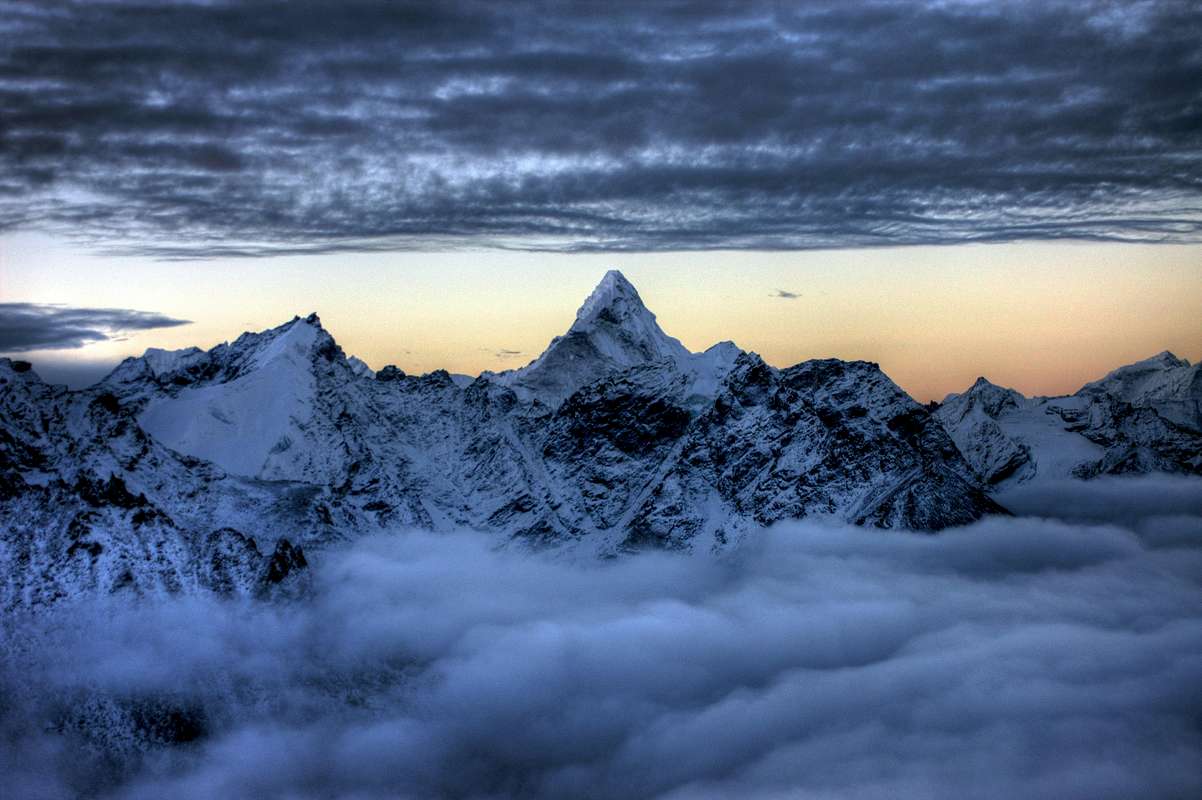be ten times the size of France and so claiming that you have seen it all, is a definite unreal statement. The Himalaya spreads over 6 countries of India, Pakistan, Afghanistan, China, Bhutan and Nepal. Himalaya has a lot to offer in total. The region offers the world’s highest mountains, deepest gorges, high plateaus and wild forest tracts offering possible one of the greatest biodiversity example on the planet making the spot a heaven for those who are interested in Himalaya trekking.
Scenic beauty is not the only thing that the Himalaya offers, rather the region is also rich in cultures that are not only diverse but have adapted and survived in the environment of the region. Though there are many places that are barely populated and are in control of the wild, however there are also villages situated in the Himalaya where people live and depict their respective cultures.
Himalaya besides merging several countries also merge three different religions, with the wet Himalaya being dominated by Islam, whereas the South is characterized by Hinduism, Buddhism prevails in the North region of Himalaya.
Coming back to trekking in Himalayas, people generally consider that Himalayas are for the rugged type who can handle the roughness. While this may have been true about 70 years ago when the Everest was climbed initially however today trekking tourism has developed to major extents and there are especially maintained treks that allow everyone to enjoy the natural beauty of the Himalayas.
 There are luxury lodges, international cuisines and all sorts of comfort found along several Himalaya trekking tour routes. The walking on these treks is not very hard except the altitude which is a challenge for many however once you accomplish this challenge, the rewards are really spectacular.
There are luxury lodges, international cuisines and all sorts of comfort found along several Himalaya trekking tour routes. The walking on these treks is not very hard except the altitude which is a challenge for many however once you accomplish this challenge, the rewards are really spectacular.
The eastern Himalayas receive heavier rain compared to the western part, and so the popular Himalayan trekking season in most of India, Nepal and the other eastern regions spans from April to October. The autumn season in these parts are rather dry though much colder too, however these times are the busiest on Mount Everest and other related treks on the Himalaya.
The best treks to try out in the summer holidays are on the further west side of the Himalayan including the Ladakh and Zanskar treks where the Tibetan Buddhist monasteries and population is found. July and August is the best time to try these Himalaya trekking tours.
The most common trek routes in the Himalayan region are the Everest region, the Annapurna region, and the Ladakh Markha valley. These routes are lined with basic lodging facilities and are open and maintained to allow independent trekkers to experience. These treks are ideal for those who loathe carrying a tent with them and are on a tight budget.
 Some popular Himalaya trekking regions such as the Nepal’s Lang tang valley and the Annapurna region can be reached via buses, saving the expense of air travel. For those who have money at hand to spare can try out lots of different things such as trekking on les travelled routes and witnessing raw nature and culture.
Some popular Himalaya trekking regions such as the Nepal’s Lang tang valley and the Annapurna region can be reached via buses, saving the expense of air travel. For those who have money at hand to spare can try out lots of different things such as trekking on les travelled routes and witnessing raw nature and culture.
Those who wish to experience Himalayan trekking in its raw form, can either hire trekking services both internationally from your own country or locally from the region, which will of course cost less compared to the international service option. You can easily find a guide locally and even arrange a group of trekkers who will join you in your journey and make it more memorable.
The Himalayas offer brilliant options to trek both in the wild, experiencing raw nature, or in a more gentle manner where all comforts are present to end the day you spent exploring. Whatever your choice of Himalayas trekking may be, the region has something to offer to everyone.





